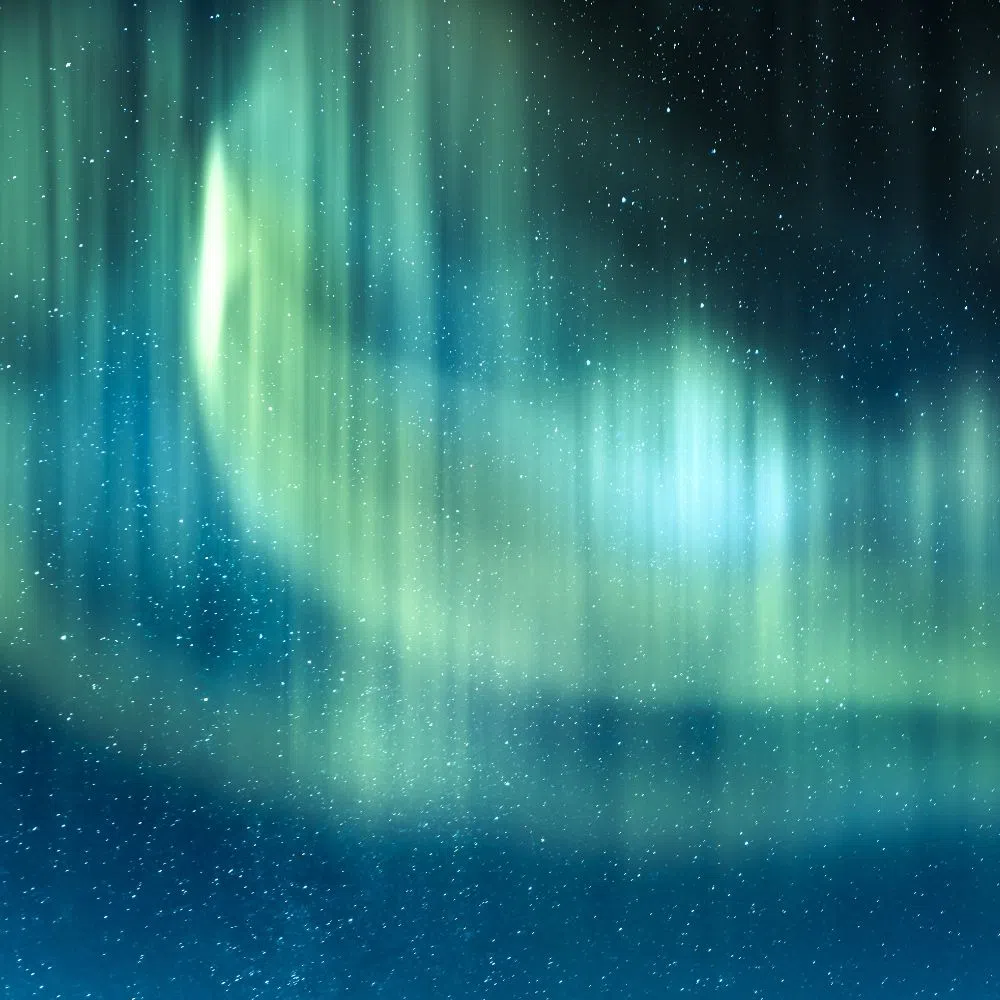The ethereal dance of the Northern Lights, also known as the Aurora Borealis, has captivated the human imagination for centuries. With its palette of shimmering hues, this celestial phenomenon is a centerpiece for folklore, scientific endeavors, and bucket lists. However, amid the enchantment, a shroud of misconceptions persists—misconceptions that we’re here to clear. Here are four common misconceptions about the Northern Lights.
Misconception 1: They Only Occur in the North Pole
It’s a popular belief that the Northern Lights are strictly a polar phenomenon and delight the skies high above the Arctic Circle.
However, this isn’t entirely accurate. The auroras form near the Earth’s poles due to the interactions between solar winds and the planet’s magnetic field. But the phenomenon isn’t confined to just the North Pole. It’s mirrored in the southern hemisphere as well, known as the Aurora Australis, with similar, less witnessed displays.
Misconception 2: They Are Always Green
The quintessential image of the Northern Lights is their verdant glow, but there’s a spectrum of colors at play. Oxygen at lower altitudes produces the familiar green and red, while at higher altitudes, it can manifest as blue and purple.
Nitrogen also contributes to hues of pink, purple, and blue. The colors present are the result of a collision between the gas particles and the altitude. The product? A display of unique astral paintings perfectly blended with vibrancy and wonder.
Misconception 3: They Are Rare Occurrences
While witnessing the Northern Lights for the first time is a special experience, it’s not as rare as some might think. The lights are visible on about 150 nights a year in the more aurora-prone locations like Alaska, northern Scandinavia, and Iceland. Furthermore, with the Sun’s activity following an 11-year cycle called the Solar Maximum, the occurrence of auroras becomes more frequent and intense, making it an opportune time to catch a show.
Misconception 4: They Are Only Visible in Winter
Contrary to popular belief, the Northern Lights are not just a winter spectacle. The best time to view them is during the equinoxes—late September to October and March to April—when Earth’s magnetic field situates just right, increasing the chances of seeing the auroras. However, clear skies and a lack of light pollution are just as important as the season, so catching the lights is possible year-round in ideal conditions.
It’s time to dispel these common misconceptions and encourage the uninitiated to seek out the wonder of the Northern Lights. Here’s to gazing at one of nature’s most spectacular light shows and celebrating the science behind the mysterious and mesmerizing phenomenon.
By Ivan Kmit FILE #: 247629704






Comments